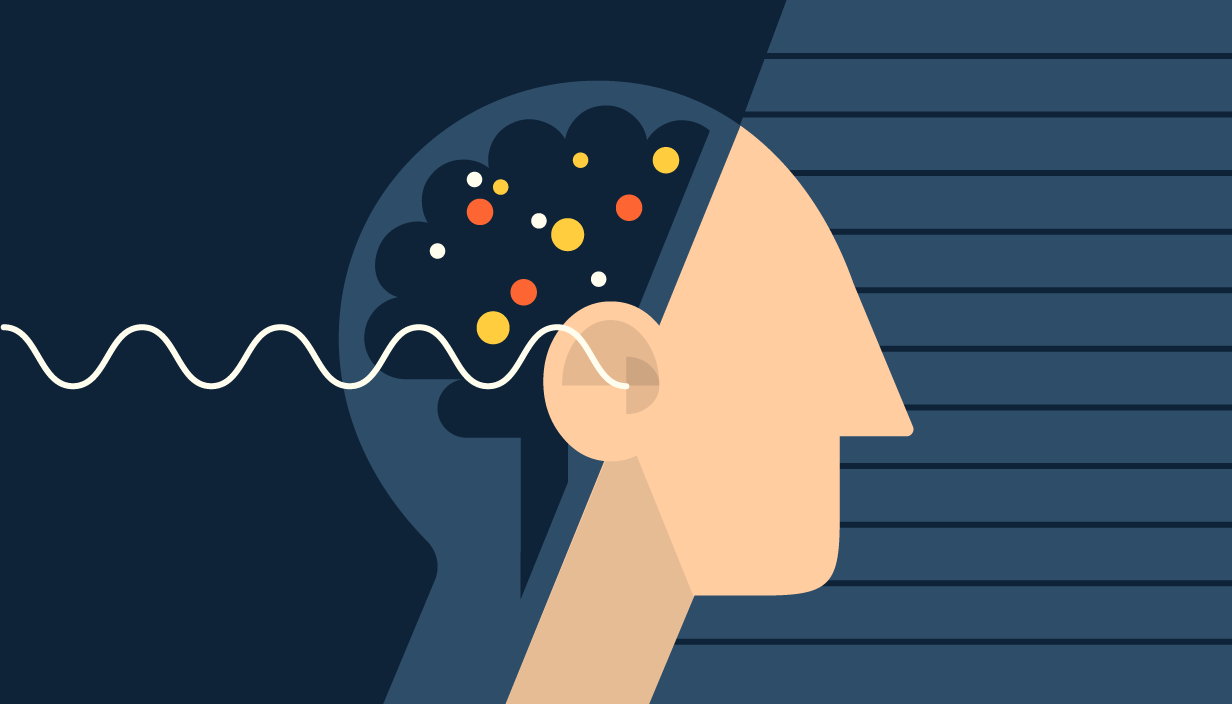readingcharlesdickens.com – The process of hearing is one of the most intricate and fascinating functions of the human body. From the moment sound waves enter the ear to the complex interpretation in the brain, hearing involves a series of remarkable steps. This article explores the journey of sound from the eardrum to the brain, highlighting the wonders of this essential sense.
The Journey Begins: Capturing Sound
The journey of sound begins with the outer ear, which acts as a funnel, capturing sound waves from the environment. These waves travel through the ear canal until they reach the eardrum, a thin membrane that vibrates in response to the sound waves. The eardrum’s vibrations set the stage for the next phase of sound processing.
The Middle Ear: Amplifying Vibrations
Behind the eardrum lies the middle ear, home to three tiny bones known as the ossicles: the malleus, incus, and stapes. These bones work together to amplify the vibrations from the eardrum, ensuring that they are strong enough to be transmitted into the inner ear. The stapes, the smallest bone in the human body, plays a crucial role by transferring these vibrations to the cochlea.
The Inner Ear: Transforming Vibrations into Signals
The cochlea, a spiral-shaped, fluid-filled organ, is where vibrations are transformed into electrical signals. Inside the cochlea are thousands of tiny hair cells that move in response to the vibrations. This movement generates electrical impulses, which are then sent along the auditory nerve to the brain.
The Brain: Interpreting Sound
Once the electrical signals reach the brain, they are processed in the auditory cortex, located in the temporal lobe. Here, the brain interprets the signals as distinct sounds, allowing us to recognize speech, music, and other auditory stimuli. This complex interpretation involves not only identifying sounds but also locating their source and understanding their significance.
Conclusion
The journey of sound from the eardrum to the brain is a testament to the complexity and efficiency of the human body. Each step, from capturing and amplifying vibrations to transforming them into electrical signals and interpreting them in the brain, highlights the intricate processes that enable us to hear and interact with the world. Understanding this journey deepens our appreciation of the incredible sense of hearing and the wonders it brings to our lives.
